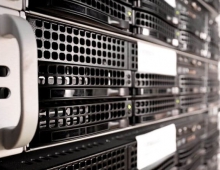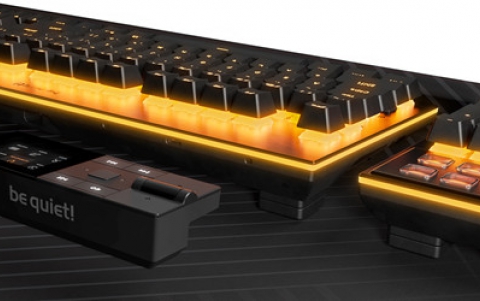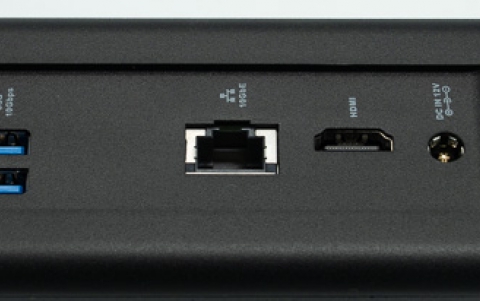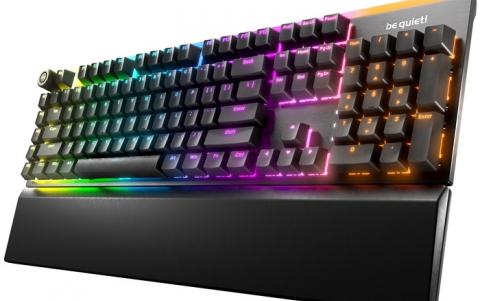
IBM Readies 20 Petaflop Supercomputer
IBM Sequoia, the succesor of the IBM BlueGene supercomputer, will offer a computing power of 20 Petaflop and it will be operational in 2012, IBM announced earlier this week.
The company will design and build two new supercomputers - Sequoia and Daw - at Lawrence Livermore National Laboratory, as the Department of Energy's National Nuclear Security Administration decided.
Under terms of the contract, Sequoia will be based on future IBM BlueGene technology, exceed 20 petaflops (quadrillion floating operations per second) and will be delivered in 2011 with operational deployment in 2012. Dawn, an initial delivery system to lay the applications foundation for multi-petaflop computing, will be based on BlueGene/P technology, reach speeds of 500 teraflops (trillion floating operations per second) and is scheduled for operational deployment in early 2009.
These systems will allow for smarter simulation and negate the need for real-world weapon testing, IBM said. It will also be used for research into astronomy, energy, human genome science and climate change.
Sequoia will represent a significant leap forward in compute power. With top speeds of 20 petflops Sequoia will be approximately 15 times faster than today's most powerful supercomputer and offers more processing power than the entire list of Top500 supercomputers running today.
The new supercomputer will be based on future IBM BlueGene technology and use 1.6 million IBM POWER processors and 1.6 perabytes of memory, which are housed in 96 refrigerator sized racks occupying just 3422 square feet. The Sequoia system will also deploy an advanced switching infrastructure that will take advantage of advanced fiber optics at all levels.
The system will run the Linux operating system.
Compared to most traditional supercomputer designs, Sequoia will be energy efficient, according to IBM. It is expected to deliver world-leading efficiency of 3,050 calculations per watt of energy.

Under terms of the contract, Sequoia will be based on future IBM BlueGene technology, exceed 20 petaflops (quadrillion floating operations per second) and will be delivered in 2011 with operational deployment in 2012. Dawn, an initial delivery system to lay the applications foundation for multi-petaflop computing, will be based on BlueGene/P technology, reach speeds of 500 teraflops (trillion floating operations per second) and is scheduled for operational deployment in early 2009.
These systems will allow for smarter simulation and negate the need for real-world weapon testing, IBM said. It will also be used for research into astronomy, energy, human genome science and climate change.
Sequoia will represent a significant leap forward in compute power. With top speeds of 20 petflops Sequoia will be approximately 15 times faster than today's most powerful supercomputer and offers more processing power than the entire list of Top500 supercomputers running today.
The new supercomputer will be based on future IBM BlueGene technology and use 1.6 million IBM POWER processors and 1.6 perabytes of memory, which are housed in 96 refrigerator sized racks occupying just 3422 square feet. The Sequoia system will also deploy an advanced switching infrastructure that will take advantage of advanced fiber optics at all levels.
The system will run the Linux operating system.
Compared to most traditional supercomputer designs, Sequoia will be energy efficient, according to IBM. It is expected to deliver world-leading efficiency of 3,050 calculations per watt of energy.






















